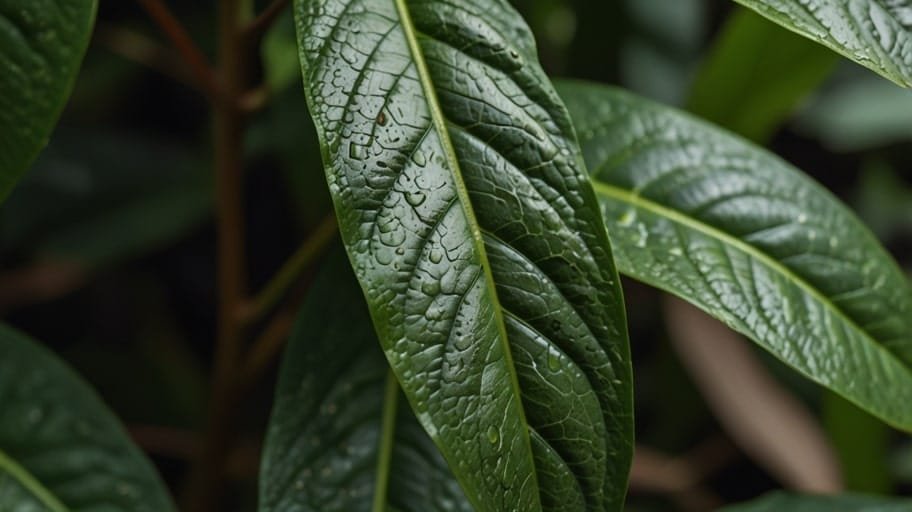Introduction to Jaborandi
Jaborandi, scientifically known as Pilocarpus jaborandi, is a medicinal plant native to South America, particularly Brazil. It has been used in traditional medicine for centuries, primarily for its therapeutic properties in treating various ailments. The plant’s active ingredient, pilocarpine, is widely recognized for its role in modern pharmaceuticals, particularly in eye care. Jaborandi is also famed for its use in combating hair loss, making it a go-to remedy for those seeking natural treatments.

1. Treats Hair Loss
One of the most popular uses of Jaborandi is its ability to combat hair loss. Pilocarpine, the key compound found in the plant, stimulates hair follicles and encourages hair growth. Many herbal hair tonics and oils include Jaborandi as an active ingredient, making it a favorite choice for those seeking a natural solution to thinning hair and baldness.
2. Improves Eye Health
Jaborandi plays a crucial role in eye care, especially in the treatment of glaucoma. Pilocarpine, extracted from Jaborandi, is used in eye drops to reduce intraocular pressure, a significant factor in managing glaucoma. It helps to relieve the pressure on the optic nerve, preventing further damage to vision.

3. Promotes Sweating and Detoxification
Jaborandi has long been used in traditional medicine to induce sweating, which helps in detoxifying the body. This process, called diaphoresis, assists in the elimination of toxins through the skin. It can be especially beneficial for those dealing with fevers, as the plant’s natural compounds help lower body temperature through sweat.
4. Supports Salivary Gland Health
Another lesser-known benefit of Jaborandi is its ability to stimulate the salivary glands. This can be particularly helpful for individuals suffering from dry mouth (xerostomia) due to medical conditions or treatments. By promoting the production of saliva, Jaborandi helps in improving oral health and digestion.

5. Natural Remedy for Rheumatism
Jaborandi has anti-inflammatory properties that make it effective in treating rheumatism and other joint-related issues. In traditional medicine, Jaborandi leaves are often used in herbal compresses or poultices to alleviate pain and inflammation in the joints.
How to Use Jaborandi
Jaborandi can be consumed in various forms, including as a tea, tincture, or extract. It’s also widely available in the form of hair tonics and eye drops for targeted treatments. When using Jaborandi, especially for conditions like glaucoma, it’s important to consult with a healthcare provider to ensure safe and appropriate usage.
Conclusion
Jaborandi is a powerful plant with a rich history in traditional medicine. From treating hair loss and improving eye health to promoting detoxification, this plant offers a wide range of health benefits. Incorporating Jaborandi into your wellness routine can help you experience its natural healing properties.
